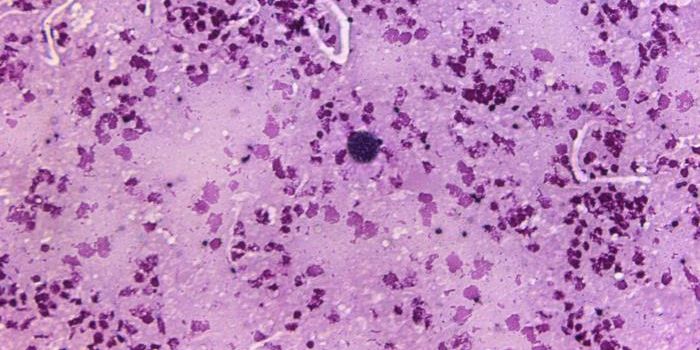H5N1 Avian Flu ID'ed in a Variety of Bird Populations Worldwide
There are many types of influenza virus, which are classified based on the proteins expressed on their surfaces. The H5N1 flu virus, or highly pathogenic avian influenza (HPAI) A(H5N1), affects birds, and can also infect people that come into contact with infected birds. Human-to-human transmission has probably occurred, but only in limited cases, and has never been sustained or confirmed conclusively. H5N1 is a highly lethal influenza; the World Health Organization has only confirmed 863 cases in humans since 2003, but over half have been fatal. Virsues are always changing, so there is some concern that this virus could mutate to a form that can spread more easily among humans. There is no indication that is happening now.
There have been a number of recent reports of H5N1 in bird populations around the world. The virus has been detected at poultry farms in Czechia, where the cull of 80,000 laying hens has commenced. Half of the roughly 188,000 birds on the farm already died in recent weeks, and about one million eggs will be destroyed. Officials have said this might be the country's largest outbreak.
The European Centre for Disease Prevention and Control (ECDC) has reported that the virus had been detected 867 times between Sep 18, 2021 and Dec 8, 2021 in 27 European Union countries and the UK in wild and captive birds, and poultry. When H5N1 was identified at a smaller poultry farm in Slovenia, individuals there noted that H5N1 has not been observed in the country before. Today, officials in France announced that outbreaks of a very contagious strain of H5N1 had caused the closure of six poultry farms.There is some concern that biosecurity measures need to be tightened, since the virus is being identified in poultry around the EU and UK.
A facility in Canada has also reported an outbreak of a highly pathogenic form of H5N1 in several species of captive birds. The birds produced there are not sold.
H5N1 has also had a significant impact on wild cranes in Israel, who stop annually there, often in the Hula Valley on their migratory journey toward Africa. The virus has been implicated in the death of about 2,000 cranes. Researchers have estimated that 10,000 more of the cranes may be infected. While the virus impacts birds every year, Uri Naveh, a senior scientist at the Israel Nature and Parks Authority, told AFP that the number of birds affected this year was unusually high compared to previous years, and that number of deceased birds was "exceptional."
The virus has also been detected in northern Israel at some chicken farms, where egg sales were suspended.
The Wadden Sea of the Netherlands is a place wild birds need to rest. An analysis was done on some knots, an oystercatcher, and a curlew that had died in the same place there, and H5N1 was detected. The virus was also detected there earlier in 2021, when hundreds of geese died.









